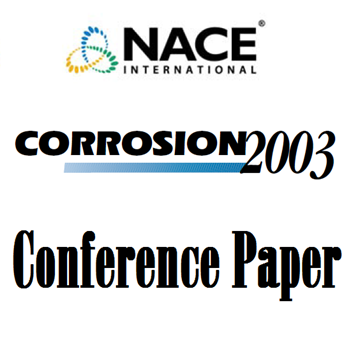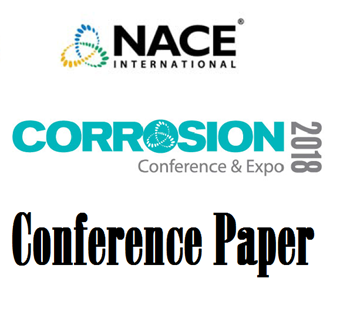Search
Products tagged with 'coupon'
View as
Sort by
Display
per page
03544 MICROSCOPIC DIFFERENTIATION OF INTERNAL CORROSION INITIATION MECHANISMS IN NATURAL GAS PIPELINE SYSTEMS
Product Number:
51300-03544-SG
ISBN:
03544 2003 CP
Publication Date:
2003
$20.00
07565 Effect of Mercaptans and Other Organic Sulfur Species on High Temperature Corrosion in Crude and Condensate Distillation Units
Product Number:
51300-07565-SG
ISBN:
07565 2007 CP
Publication Date:
2007
$20.00
51318-11369- Experiments and Mathematical Modeling to Assess the Effect of Cathodic Protection Coupon Geometry and Size on Current Distribution
Product Number:
51318-11369-SG
Publication Date:
2018
$20.00
A Novel Approach to Assessing Stray Current Interference without Potential Interruption
Product Number:
51324-20452-SG
Publication Date:
2024
$40.00
Application of the One Hundred Millivolt Cathodic Polarization Criterion by Means of Coupons: A New Point of View
Product Number:
51324-20929-SG
Publication Date:
2024
$40.00
Measuring IR-Free Potential: Analysis of the Remaining IR Components in the Off Measurements and Importance of the Design of SRE with Integrated Coupon to Obtain it.
Product Number:
51323-18803-SG
Publication Date:
2023
$20.00
SP0104-2020 The Use of Coupons for Cathodic Protection Monitoring Applications
Product Number:
SP0104-2020
ISBN:
1-57590-196-X
Publication Date:
2020
$109.00
Yeah, Examining the Impact of Overprotection on AC Corrosion: A Case Study Investigation
Product Number:
51324-20877-SG
Publication Date:
2024
$40.00








